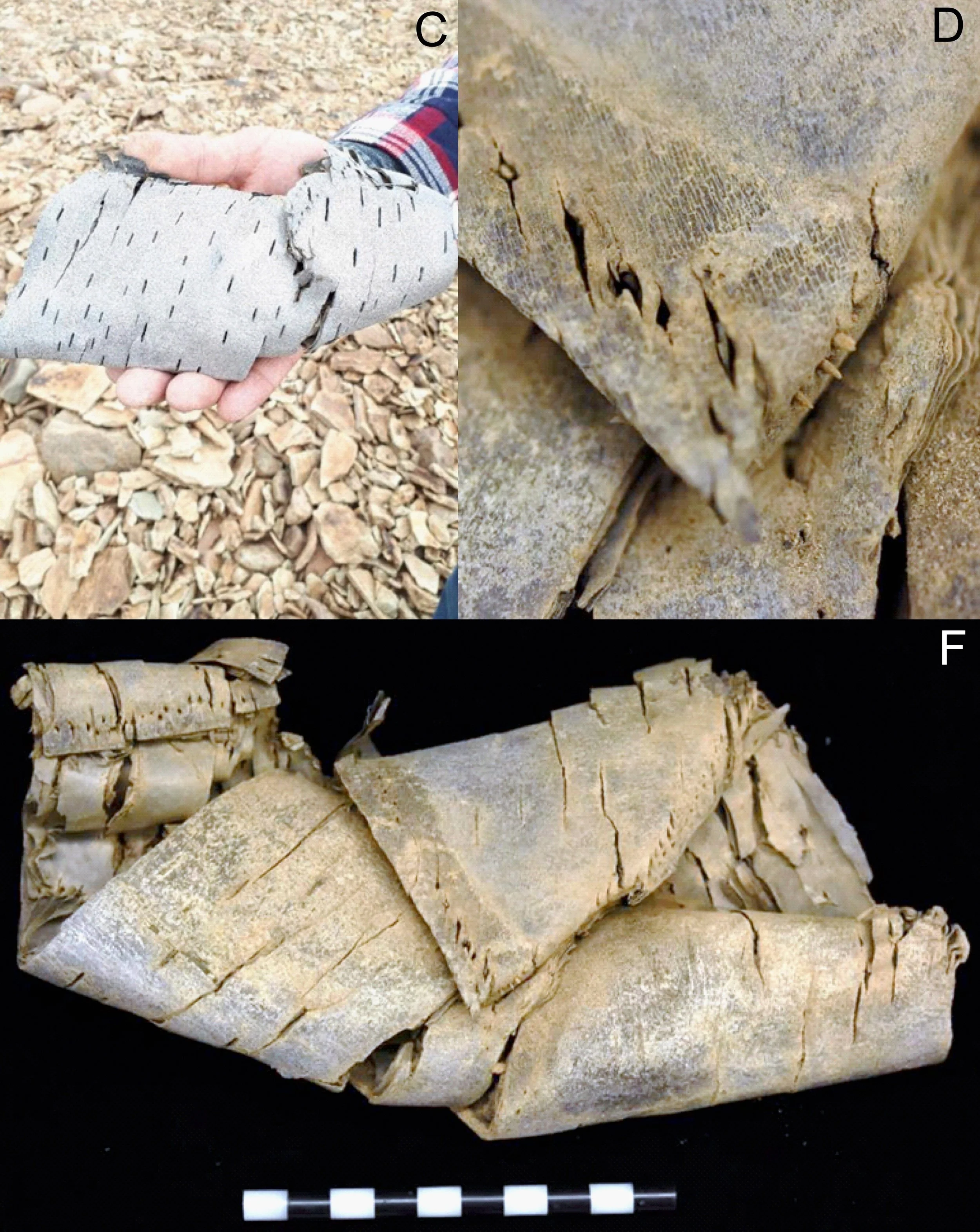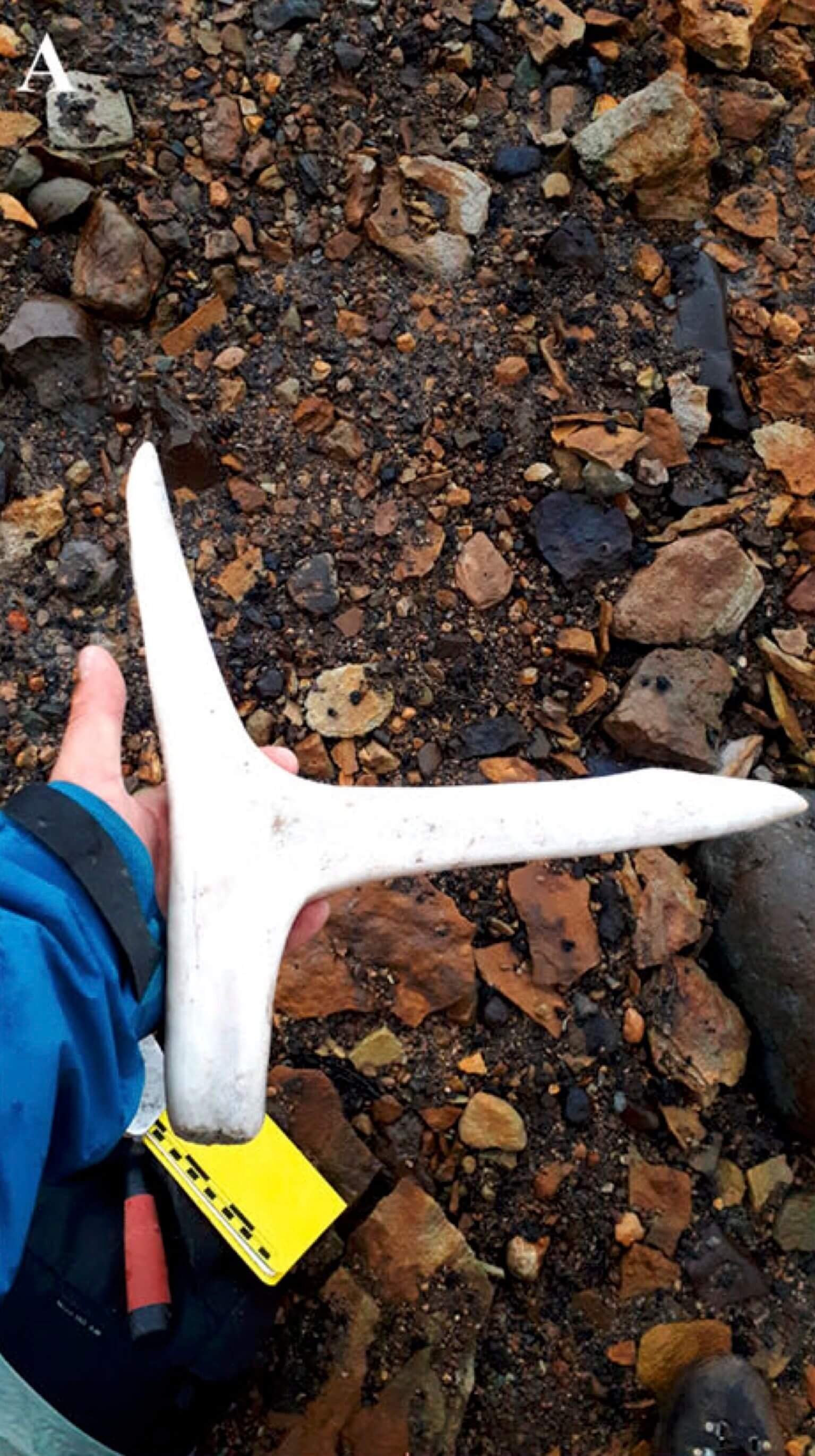4. Kettle Hat:
The kettle hat, crafted from iron or steel with a wide brim, was a common sight in medieval Europe and later during World War I and II. Its design provided enhanced protection, making it a practical choice for soldiers facing diverse combat scenarios.
5. Roman Auxiliary Cavalry Helmets:
Adorned with ornate designs, including masks and mythological scenes, Roman auxiliary cavalry helmets not only served as protective gear but also symbolized the grandeur and strength of the Roman Empire. These helmets stood as a testament to the fusion of function and aesthetics.
6. Kabuto:
As traditional Japanese Samurai helmets, Kabuto offered protection to the head and neck with their articulated blades, showcasing the craftsmanship of Japanese armorers and the valor of the Samurai warriors.
7. Hellenistic Cavalry Helmet:
Also known as the "ban" helmet, this offering provided crucial peripheral vision and hearing, essential for mounted troops. Its thoughtful design catered to the unique demands of cavalry warfare, underscoring the strategic approach to helmet design.
8. Imperial Gallic Roman Helmet:
A crucial substitute for the Montafortino helmet, the Imperial Gallic Roman helmet advocated for superior vision, hearing, and protection for the legionnaire. Its adoption during the 1st and 2nd centuries BC marked a pivotal shift in Roman combat gear, demonstrating the significance of adaptability and evolution in warfare.
9. Roman Combat Experience in the Dacian Wars:
The Roman combat experience during the Dacian Wars catalyzed advancements in helmet design, culminating in widespread usage of these helmets. This transformative period reshaped the face of Roman military equipment, elevating the importance of protective headgear in combat.
10. Myan Bor Tusk Helmet:
Originating from the Myan Bor culture, this unique helmet, though limited in its protective capabilities due to material constraints, stands as a testament to the diverse array of ancient battle helmets and the cultural significance embedded within each design.
In conclusion, ancient battle helmets represent a harmonious blend of function, protection, and cultural significance. From the battlefields of ancient Rome to the fields of medieval Europe and beyond, these helmets have left an enduring legacy, showcasing the ingenuity, resilience, and creativity of ancient civilizations in the pursuit of effective and well-designed protective gear for their warriors.







































